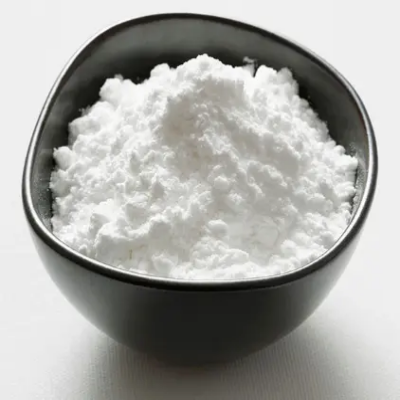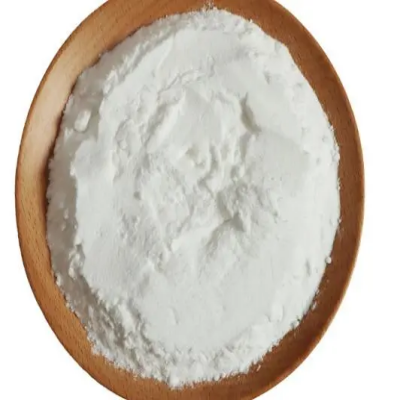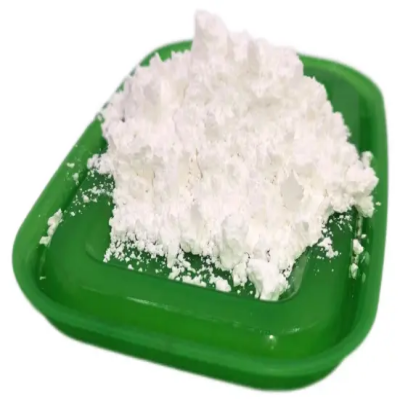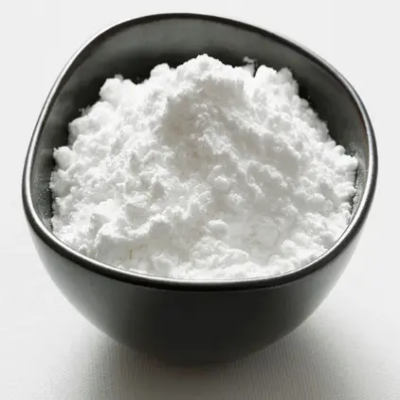2,2′-cyclouridine CAS:3736-77-4
2,2'-Cyclouridine is a notable analog of uridine, featuring a unique bicyclic arrangement formed by the fusion of two uridine units through the 2' position of the ribose sugar. This innovative structural alteration enhances the compound's chemical stability and alters its conformational dynamics, making it an intriguing subject of study within the fields of nucleoside chemistry and molecular biology. One of the primary areas of interest surrounding 2,2'-cyclouridine is its potential application as an antiviral agent. Due to its structural similarities to naturally occurring nucleosides, it can interfere with viral replication processes by mimicking nucleic acids. Research indicates that 2,2'-cyclouridine may inhibit the replication of certain RNA viruses, thereby presenting opportunities for developing novel antiviral therapies. This capability to disrupt viral life cycles highlights the relevance of such compounds in combating infectious diseases. In addition to its antiviral properties, 2,2'-cyclouridine serves as a valuable tool for investigating RNA biology. The modified structure allows researchers to probe the roles of specific nucleotide interactions in RNA folding, stability, and function. By incorporating 2,2'-cyclouridine into RNA strands, scientists can explore how changes to nucleotide structure affect binding affinities, enzymatic activities, and overall molecular kinetics. Moreover, the unique properties of 2,2'-cyclouridine make it a candidate for developing new RNA therapeutics, including RNA-based vaccines and gene-editing technologies. As research advances, understanding the implications of this nucleoside derivative could lead to innovations in treating various genetic disorders and enhancing the efficacy of RNA-targeted therapies. Overall, 2,2'-cyclouridine represents a significant advancement in nucleoside chemistry, with promising implications for antiviral drug development and RNA research. As the scientific community continues to unravel its mechanisms of action and therapeutic potentials, this compound may play a crucial role in future medical advancements.



| Composition | C9H10N2O5 |
| Assay | 99% |
| Appearance | white powder |
| CAS No. | 3736-77-4 |
| Packing | Small and bulk |
| Shelf Life | 2 years |
| Storage | Store in cool and dry area |
| Certification | ISO. |









